How to Choose the Best Fishing Trousers
Choosing the right fishing trousers might seem like a simple task, but it can make all the difference in your fishing experience. Whether you're wading through a river, casting from a boat, or waiting on the shore, the right pair of trousers can keep you comfortable, dry, and protected from the elements. In this article, we'll explore everything you need to know about selecting the best fishing trousers for your needs. Let's dive in!

Understanding Your Fishing Environment
Before you even start looking at fishing trousers, it's crucial to think about where you'll be fishing. The environment plays a significant role in determining the type of trousers you'll need.
Types of Fishing Environments: Freshwater vs. Saltwater
If you’re fishing in freshwater environments like rivers, lakes, or ponds, your needs might differ from those fishing in saltwater conditions. Freshwater fishing generally involves less exposure to harsh elements, so a pair of water-resistant trousers might suffice. However, if you're in saltwater, where you'll be dealing with waves, spray, and possibly wading, waterproof trousers are often a better choice.
Weather Considerations: Hot, Cold, Wet, and Windy Conditions
Weather is another critical factor. If you fish in warmer climates, you'll want lightweight trousers with good breathability. In contrast, colder conditions might require trousers with built-in insulation or enough room for layering. Wet and windy weather calls for trousers that are both waterproof and wind-resistant to keep you comfortable and dry.
Material Matters: Choosing the Right Fabric
The fabric of your fishing trousers greatly influences comfort and functionality. Different materials offer various benefits, so understanding them can help you make an informed choice.
Synthetic Fabrics: Nylon and Polyester
Nylon and polyester are popular choices for fishing trousers due to their durability, quick-drying properties, and resistance to water. These materials are often treated with water-repellent finishes, making them ideal for wet conditions.
Natural Fabrics: Cotton and Wool
While less common, some anglers prefer natural fabrics like cotton and wool. Cotton is breathable but not ideal for wet conditions as it absorbs water and dries slowly. Wool, on the other hand, is excellent for colder conditions because it retains heat even when wet.
Blends: Combining Synthetic and Natural Fibers
Blended fabrics combine the benefits of both synthetic and natural fibers. For instance, a cotton-polyester blend might offer the comfort of cotton with the quick-drying properties of polyester. Blends can be an excellent choice for versatile fishing trousers that perform well in various conditions.
Waterproof vs. Water-Resistant: What's the Difference?
Understanding the difference between waterproof and water-resistant can save you from a soggy day on the water.
Definitions of Waterproof and Water-Resistant
Waterproof trousers are designed to keep you dry in heavy rain or when wading in water. They typically have sealed seams and are made from materials that do not allow water to penetrate. Water-resistant trousers, on the other hand, can handle light rain or splashes but will eventually soak through if exposed to water for extended periods.
Situations Where Each Is Preferable
If you're planning to fish in a place where you might get wet or in heavy rain, go for waterproof trousers. For general fishing in fair weather, water-resistant trousers should suffice.

Breathability and Ventilation: Staying Comfortable
No one likes to feel clammy and sweaty while fishing. Breathability is key to staying comfortable, especially in warmer conditions.
Importance of Breathable Materials
Breathable materials allow moisture from sweat to escape, keeping you cool and dry. This feature is especially important if you're fishing in hot climates or are prone to working up a sweat.
Features to Look For: Vents, Zippers, and Mesh Panels
Look for trousers with ventilation features like zippers, mesh panels, or built-in vents. These features can enhance airflow, providing extra comfort during long fishing sessions.
Durability and Reinforcements
Fishing can be tough on clothing, especially in rough terrain or when scrambling over rocks.
Key Areas Prone to Wear and Tear: Knees, Seat, and Cuffs
Areas like the knees, seat, and cuffs are often the first to show signs of wear. Reinforced trousers have extra fabric or padding in these areas to extend the garment's life.
Reinforcement Materials and Stitching Quality
Check for quality stitching and reinforcement materials such as Cordura or Kevlar, which are known for their durability and resistance to abrasions.
Fit and Mobility: Freedom to Move
A good pair of fishing trousers should not only fit well but also allow for a full range of motion.
Importance of a Proper Fit
Trousers that are too tight can restrict movement, while those that are too loose might get caught on things or let in water. Look for trousers with an adjustable waist or built-in belt for a snug, customized fit.
Considerations for Mobility and Flexibility
Stretch fabrics or trousers with articulated knees provide better flexibility and are ideal for activities that require a lot of movement, like casting or climbing.
Pockets and Storage: Keeping Essentials Handy
Having enough pockets in the right places can make a big difference when you’re out on the water.
Types and Placement of Pockets
Look for trousers with multiple pockets, including zippered ones for securing valuables like keys or a phone. Cargo pockets can be handy for storing larger items like a small tackle box or extra line.
Additional Storage Features: D-Rings, Loops, and Clips
Some fishing trousers come with additional features like D-rings, loops, or clips for attaching tools or other gear, keeping them easily accessible.
Weight and Packability: For the Traveling Angler
If you travel a lot for fishing, you’ll want trousers that are lightweight and easy to pack.
Lightweight Options for Easy Packing
Lightweight trousers are not only easier to carry but also dry quickly, making them a great option for travel.
Considerations for Longer Fishing Trips and Travel
For extended trips, consider trousers that pack down small but still offer protection and durability.
UV Protection: Safeguarding Your Skin
Spending long hours in the sun can be harmful, so it's essential to protect your skin.
Benefits of UV-Protective Clothing
UV-protective clothing helps shield your skin from the sun’s harmful rays, reducing the risk of sunburn and long-term damage.
How to Identify UV-Protective Trousers
Look for trousers labeled with a UPF (Ultraviolet Protection Factor) rating. A higher UPF rating means better protection against UV radiation.
Insulation and Layering: Staying Warm in Cold Conditions
For those who fish in colder climates, insulation is a must.
Types of Insulation Materials
Materials like fleece, Thinsulate, or even down can provide warmth without adding too much bulk.
Tips for Layering in Different Weather Conditions
Layering allows you to adjust to changing weather conditions. Start with a base layer for moisture-wicking, add an insulating layer for warmth, and top it off with waterproof trousers.
Budget Considerations: Finding the Right Balance
Fishing trousers come in a wide range of prices, and it’s important to find a balance between cost and quality.
Price vs. Quality
While it might be tempting to go for the cheapest option, investing in a good-quality pair of trousers can save you money in the long run by lasting longer and performing better.
How to Find Value Without Compromising on Essential Features
Look for trousers that offer the essential features you need without unnecessary extras. Reading reviews and comparing options can also help you find the best value.
Brand Reputation and Reviews
Choosing a reputable brand can make a significant difference in quality and customer satisfaction.
Importance of Choosing Reputable Brands
Brands with a good reputation often offer better customer service, warranties, and high-quality products.
How to Read and Interpret Customer Reviews
Pay attention to reviews from other anglers, especially those who fish in similar conditions as you. Look for consistent feedback on durability, comfort, and performance.
Game-Technical Clothing
Game Technical Clothing signifies the importance of game clothes and their usage. You can shop a lot of collections from camo hoodies to mens waterproof trousers.

Maintenance and Care Tips
Taking care of your fishing trousers can extend their lifespan and maintain their performance.
Washing and Drying Guidelines
Follow the manufacturer’s instructions for washing and drying to avoid damaging the fabric or water-resistant coatings.
Tips to Extend the Lifespan of Your Fishing Trousers
Store your trousers properly, avoid direct sunlight when drying, and reapply water-repellent treatments as needed to keep them in good condition.
Choosing the best fishing trousers involves considering various factors like the environment, weather, material, fit, and features. By understanding your needs and knowing what to look for, you can find a pair of trousers that will keep you comfortable and protected, making your fishing experience even more enjoyable. So, next time you head out for a fishing trip, make sure you’re equipped with the right trousers to keep you dry, warm, and ready for whatever the day brings.
1. How do I know if my fishing trousers are waterproof?
Check the product label or description for terms like "waterproof" or "water-resistant." Waterproof trousers will have sealed seams and are often made from materials that prevent water penetration.
2. Can I wear regular pants for fishing?
While you can wear regular pants, they may not offer the same level of protection, durability, or comfort as fishing-specific trousers, especially in wet or cold conditions.
3. What is the best material for fishing trousers in hot weather?
In hot weather, look for lightweight, breathable materials like nylon or polyester, which wick away moisture and dry quickly.
4. How do I maintain my fishing trousers?
Follow the manufacturer’s care instructions for washing and drying. Store them properly and reapply water-repellent treatments when necessary.
5. Are there fishing trousers that offer insect protection?
Yes, some fishing trousers are treated with insect repellent to help protect against bites from mosquitoes, ticks, and other pests.
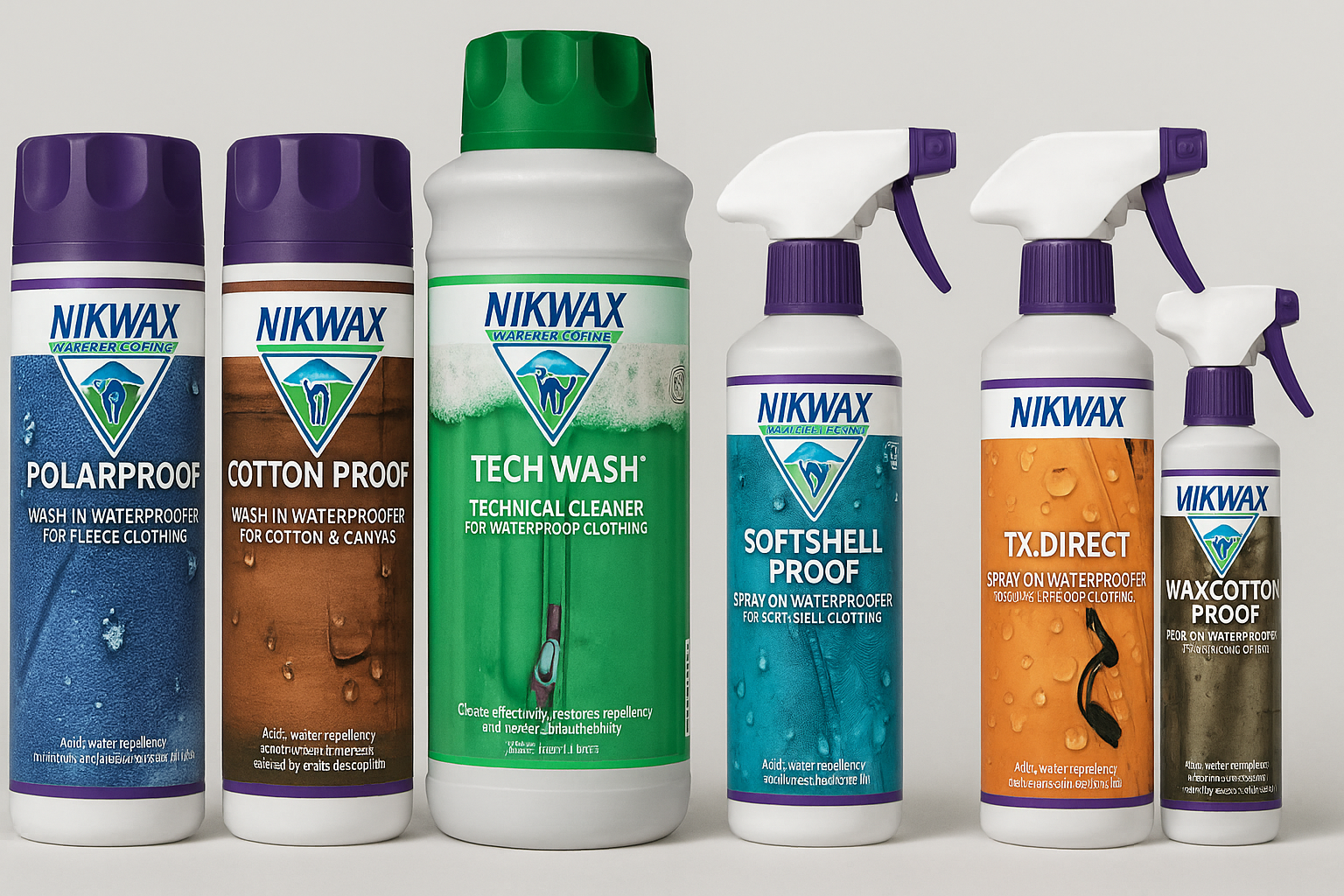


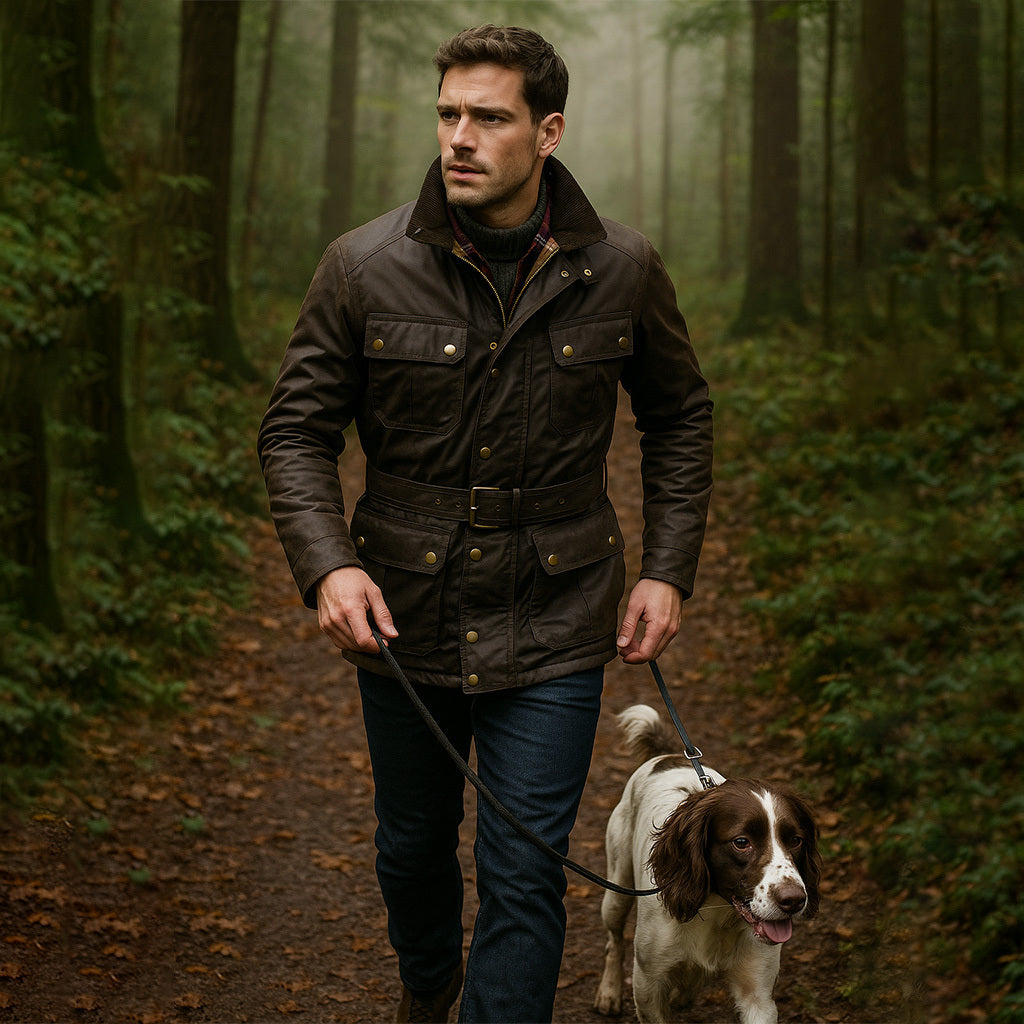
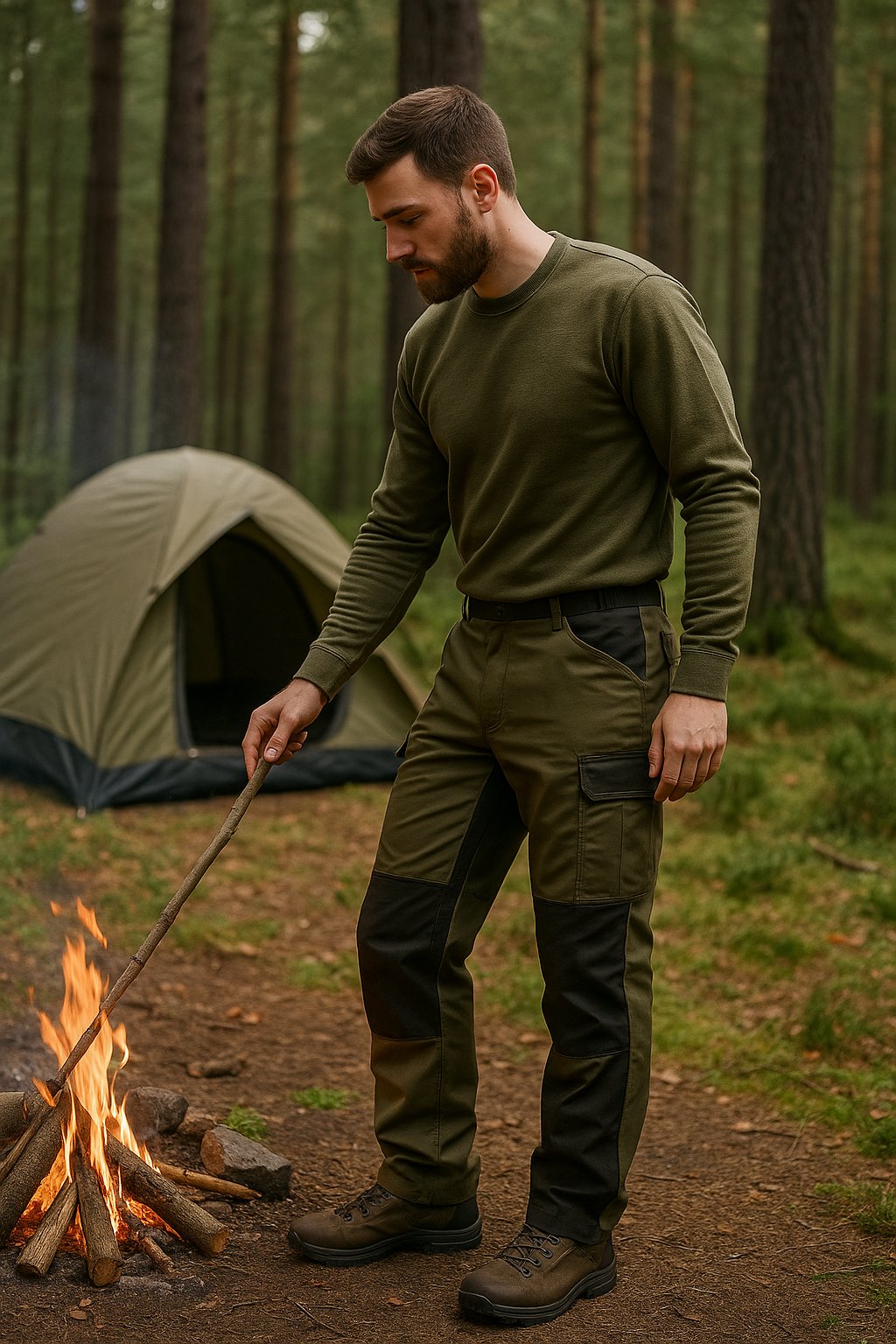
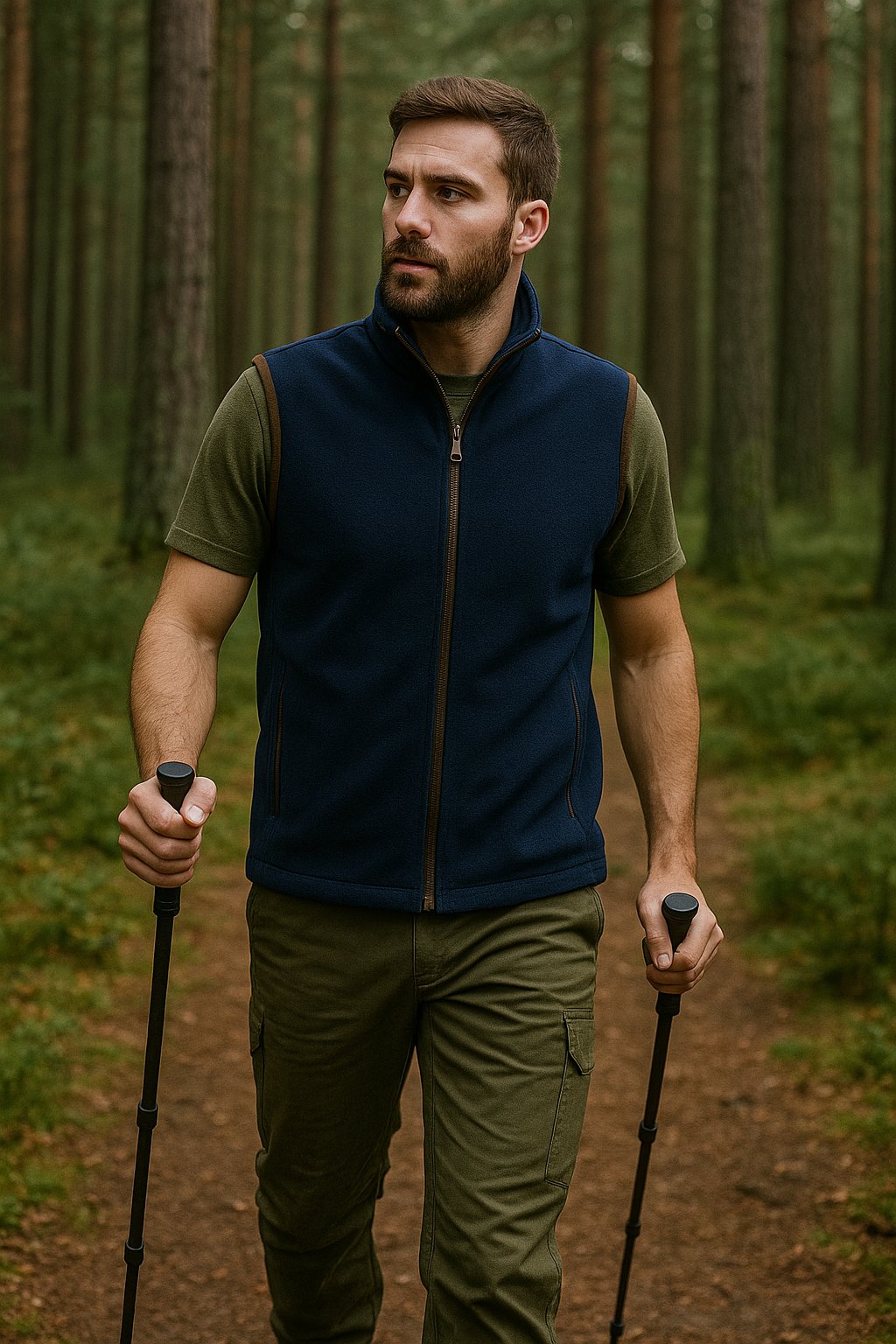
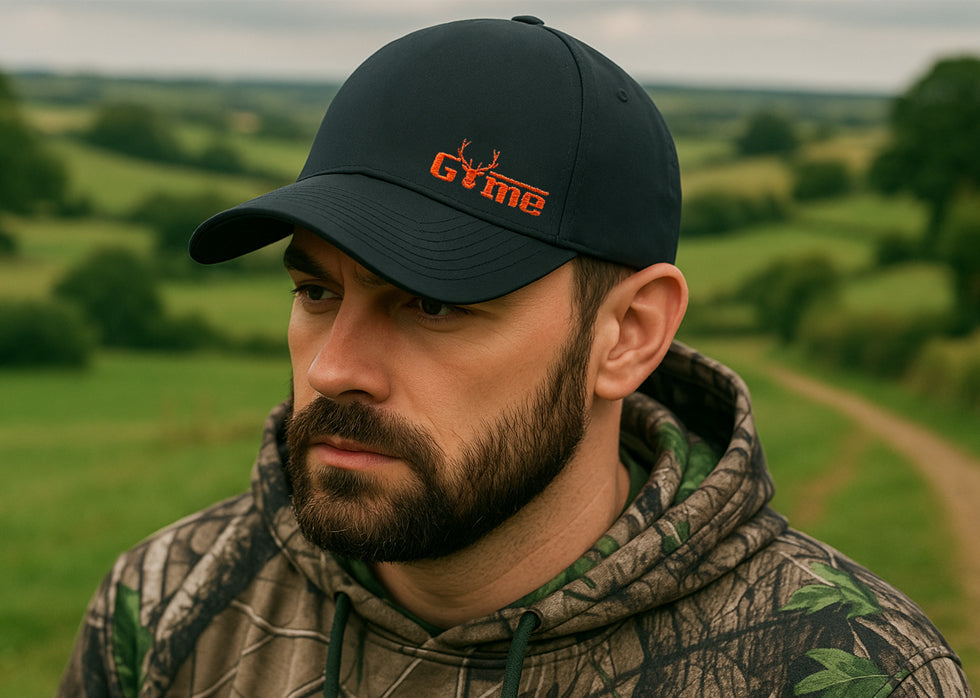
Leave a comment